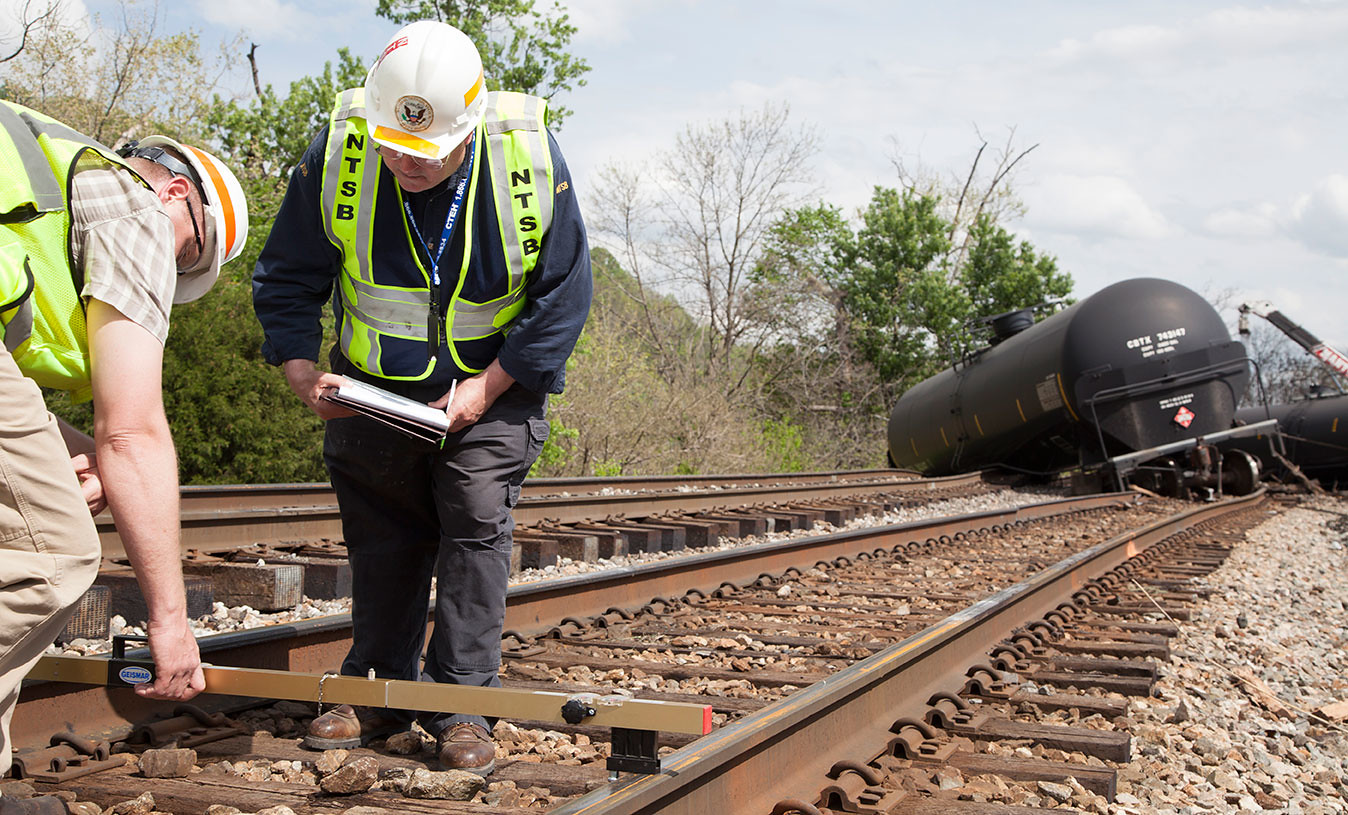
The chemical train derailment in East Palestine OH illuminates numerous problems around how we protect communities from chemical hazards, about our chemical and materials use policies, and about rail safety. We are proud to share a piece by Clean Water Action and Greenpeace alumnus Rick Hind outlining how President Biden can take action now. (Re-posting with thanks to Greenpeace USA)
Lynn Thorp
National Campaigns Director
Ohio Train Wreck Could Be Biden’s Chance to Champion Chemical Safety
Guest blog by Rick Hind, former Legislative Director, Greenpeace USA and Clean Water Action alumnus 1979-83.
Last week’s 50-car chemical train derailment in East Palestine, Ohio came very close to causing a major disaster. Residents had to be evacuated for 5 days while the resulting fire burned down and officials slowly released tons of vinyl chloride to prevent an explosion that would have blown shrapnel at least mile away.
The danger of chemical accidents extend far beyond the risk of explosions. Another threat is the release of lethal chemicals like chlorine gas, which are described as “toxic-by-inhalation” (TIH) because they will choke anyone who breathes them in. In fact, chlorine gas was banned as a weapon under the Geneva Convention after World War I, largely because it cannot be controlled once released. And when it does, it can travel for many miles.
Another literal fallout from chemical disasters can be the lingering impacts of persistent toxic chemicals that are released. The thick plume of black smoke from last week’s accident likely carried contamination into homes, gardens and schoolyards for miles around.
All of these and other consequences of disasters like the train wreck in East Palestine are largely preventable. In fact, the Biden administration currently has an opportunity to make a major difference without having to deal with a dysfunctional Congress.
Certainly measures like electronic braking and larger crews would reduce the risk. But “bomb trains” that average 1.5 miles long will never be inherently safe if they continue to drag chemicals like vinyl chloride through communities across the country. They will always present fire and explosion hazards – in some cases with more devastating consequences than what happened in Ohio. The 2013 disaster in Lac-Megantic Canada – which killed 47 people – is just one example of a track record that speaks for itself.
With all of the threats they pose, it may surprise you that chemical carriers including railroads and trucks are exempt from EPA's accident prevention Risk Management Program (RMP), which was created to prevent major disasters from chlorine and other chemicals.
The good news is the EPA plans to issue new RMP safety standards this fall. If they prioritize hazard reduction at the plant level, that will also reduce the amount of hazardous rail cargo…but will the EPA?
The 1990 Clean Air Act gave EPA broad authority to prevent chemical plant disasters at their source, such as the 1984 Union Carbide disaster in Bhopal, India, which killed 20,000 people. Yet we continue to average about 150 chemical disasters a year, which is why the EPA needs to, for the first time, use the authority that was enacted in 1990. If the EPA takes a common sense approach, requiring all chemical producers and users to adopt safer processes and chemicals, it will also result in a reduction in the amount of hazardous cargo shipped daily through our communities. Most chemical facilities have readily-available options ranging from safer chemical substitutes to "just-in-time” production processes that use the same chemicals but eliminate the need for storage and transport of bulk quantities of deadly chemicals.
The urgent need for taking these steps is not solely a question of transportation and industrial safety. It’s also a national security concern as well. There are about 100,000 miles of largely unguarded railroad tracks in the U.S. Trains carrying hazardous bulk cargo are like rolling chemical plants without fencing or security.
In the wake of 9/11, the production, use and shipping of lethal chemicals was widely recognized as a major national security threat. Richard Falkenrath, Deputy Homeland Security Advisor to President George W. Bush put it succinctly when he testified before the Senate in early 2005: "Of all the various remaining civilian vulnerabilities in America today, one stands alone as uniquely deadly, pervasive and susceptible to terrorist attack: toxic-inhalation-hazard industrial chemicals.”
Yet in the two decades since 9/11 Congress and EPA have repeatedly come close – yet failed – to enact the kind of strong chemical safety standards we need.
In 2002, shortly after 9/11, Republican EPA Administrator Christine Todd Whitman and Department of Homeland Security chief Tom Ridge backed an EPA proposal to require RMP facilities to reduce hazards where feasible by using safer alternatives. Although the Bush White House scuttled that proposal, it came up again in 2006 when strong chemical safety/security legislation was introduced in Congress, with broad support, even from the Association of American Railroads (AAR), which called for “efforts aimed at finding and utilizing 'inherently safer technologies' as substitutes.”
Finally in 2009 a strong bill – supported by President Obama, Vice President Biden, EPA, and DHS – passed the House, but died in the Senate.
As it is true with so many worthwhile reforms, it can take decades of persistent pressure to get Congress or federal agencies to take significant action. Yet there’s no reason to back off, when so much is at stake. Today a coalition of labor, environmental justice, green groups, health professionals, faith leaders and security experts and members of Congress continue to call on EPA to use its authority.
The good news is that one of Congress’ greatest champions of chemical security and safety is now in the White House: When he was a senator, Joe Biden made his position clear: “I believe that requiring chemical facilities to transition to safer technologies whenever it is practical should be a priority that we establish. Doing this would completely and permanently eliminate the threat to millions of Americans...It’s time we stop talking about setting priorities and actually set some.”
President Biden, please direct your EPA to follow your lead.


